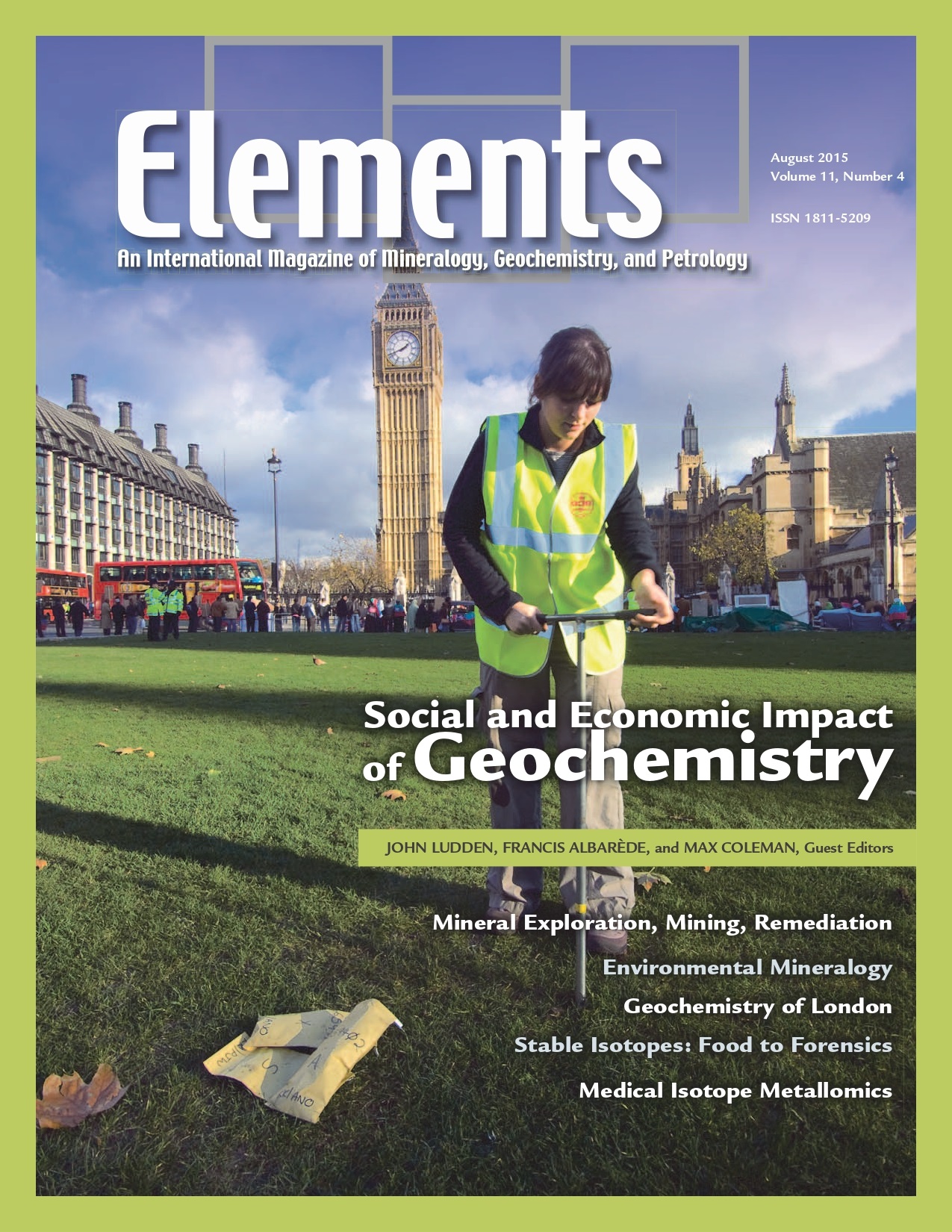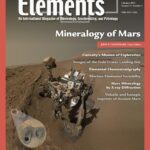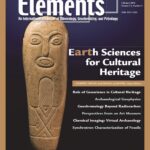Social And Economic Impact Of Geochemistry, August 2015, Vol. 11, No. 4
$20.00
As geochemists and mineralogists, we are well aware of the impact of our science and when pushed we can often reel out great examples where our discoveries have influenced industry and the social wellbeing on the planet. However, this sort of drum-beating is not intuitive, and the explicit need to demonstrate impact in our science is, in many nations, being used as a measure of the required funding level for our discipline.
Social And Economic Impact Of Geochemistry
August 2015, Vol. 11, No. 4
As geochemists and mineralogists, we are well aware of the impact of our science and when pushed we can often reel out great examples where our discoveries have influenced industry and the social wellbeing on the planet. However, this sort of drum-beating is not intuitive, and the explicit need to demonstrate impact in our science is, in many nations, being used as a measure of the required funding level for our discipline. The papers in this issue shows how we use geochemistry to achieve impact, and they provide the basic science coupled to case studies from the hydrocarbon, mineral, environmental, and health and nutrition fields. The authors document economic estimates of the benefits of their science; an example is the role of mass spectrometry in the oil and gas sector, in disease control, and in the use of isotopic tracers in mineral exploration.
Why You’ll Love Elements Magazine:
- Expert Contributors: Articles written by renowned researchers in the field of geoscience.
- Engaging Content: Join a community of readers who are passionate about Elements.
- Exceptional Quality: Each issue is printed on high-quality paper with stunning visuals and detailed illustrations that bring complex scientific concepts to life.
Order your copy of the August 2015 issue of Elements magazine today and explore the social and economic impact of geochemistry.
Related products
-
Carbon Dioxide Sequestration, October 2008, Vol. 4, No. 5
$20.00Storage of carbon in the subsurface involves introduction of supercritical CO2 into rock formations beneath the surface of the Earth, typically at depths of 1000 to 4000 meters. Although CO2 is a relatively benign substance, the volume being considered is large.
-
Diamonds, March 2005, Vol. 1, No. 2
$20.00Diamond, the fascinating ultrahard mineral, is the focus of considerable interest and scientific research. Recent advances particularly relevant to geoscientists include: diamond as a recorder of Earth processes from the perspective of inclusions, chemistry, and conditions of formation; synthesis for research applications and processing to modify color and physical properties, important to diamond gems and anvils; the implications of nanodiamonds from meteorites.
-
Phosphates And Global Sustainability, April 2008, Vol. 4, No. 2
$20.00Phosphorus is a unique element: it is essential to the existence of all living forms, and as such controls biological productivity in many terrestrial and marine environments; but when in excess, it leads to uncontrollable biological growth and water-quality problems. This has become a common environmental issue, resulting from our careless use of phosphorus in agriculture, yet phosphate ore deposits, from which fertilizers are produced, are a finite natural resource.






